Key moments in the American Civil War
The American Civil War, fought from 1861 to 1865, was a defining moment in the United States’ history. It was a time of immense conflict and change, where battles were not only fought on fields but also in the hearts and minds of the nation.
This war saw a series of pivotal events that shaped the course of American history, each leaving a lasting impact on the nation’s future. Let’s delve into some of these crucial moments to understand how they contributed to the outcome of the war.
The Spark: The Election of Abraham Lincoln in 1860

The election of Abraham Lincoln in 1860 was the spark that ignited the Civil War. Lincoln, representing the Republican Party, was elected as the 16th president of the United States, which caused a wave of apprehension in the southern states.
His stance against the expansion of slavery was seen as a direct threat to the southern way of life. Consequently, his election led to the secession of several southern states, starting with South Carolina, paving the way for the war.
The First Shots: The Battle of Fort Sumter
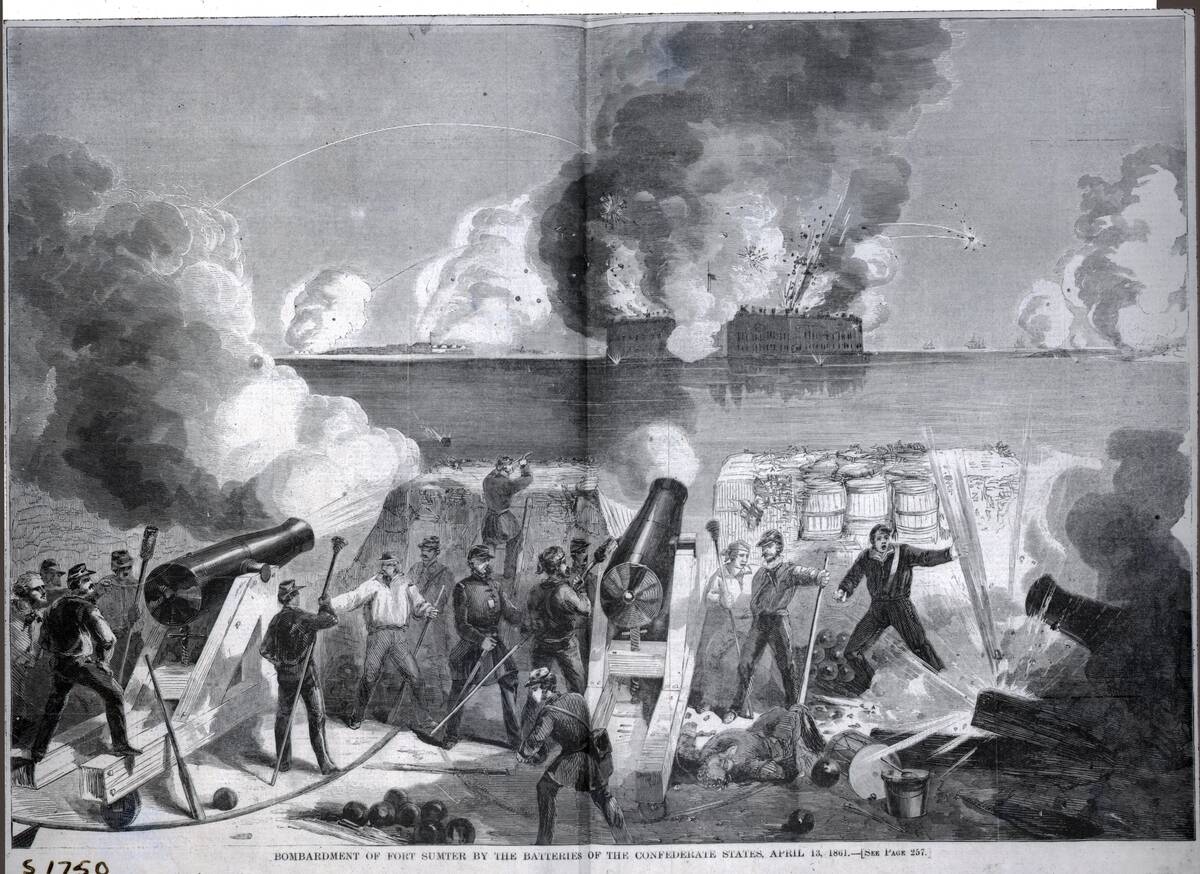
The first shots of the Civil War were fired at Fort Sumter in Charleston Harbor, South Carolina, on April 12, 1861. Confederate forces, under General P.G.T. Beauregard, opened fire on the Union garrison, marking the official start of the war.
The Union forces, led by Major Robert Anderson, held out for 34 hours before surrendering. This confrontation galvanized the North and South, leading to a full-scale war as more states joined the Confederacy or pledged loyalty to the Union.
The First Major Clash: The First Battle of Bull Run
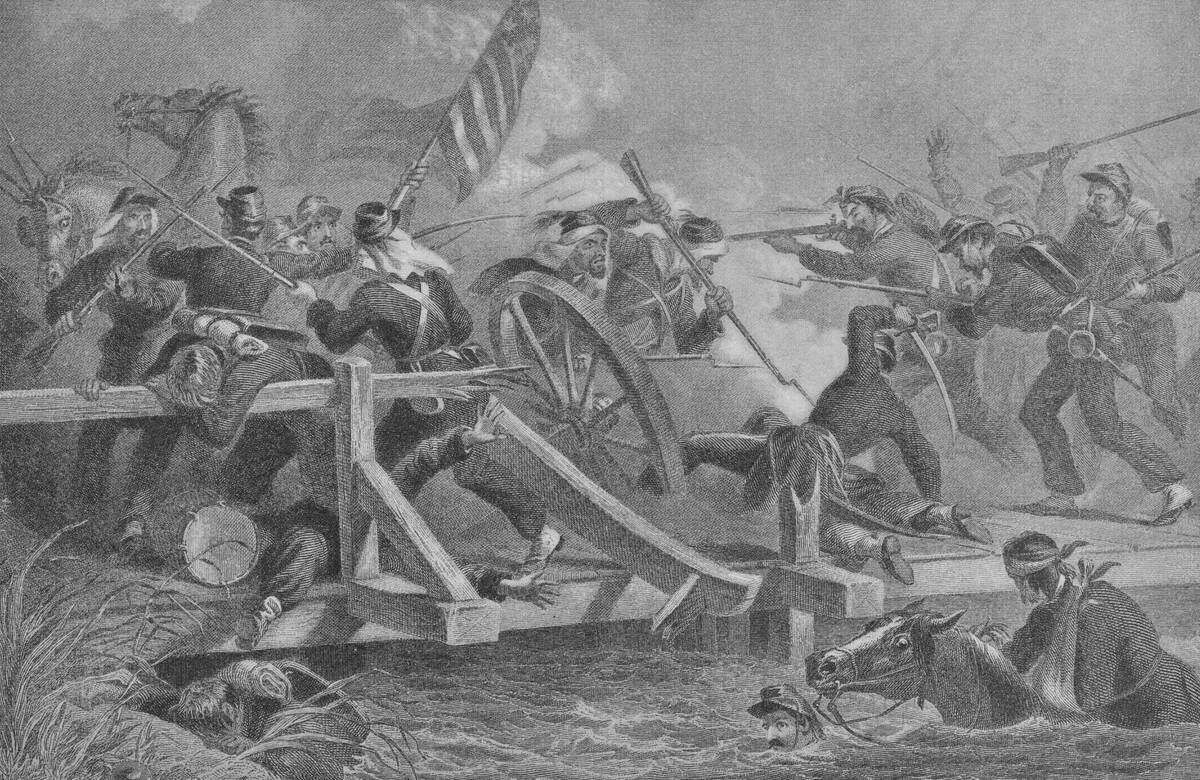
The First Battle of Bull Run, also known as the First Battle of Manassas, took place on July 21, 1861. It was the first major land battle of the Civil War and occurred near Manassas, Virginia.
Union forces, under the command of General Irvin McDowell, faced off against Confederate troops led by Generals Joseph E. Johnston and P.G.T. Beauregard. The battle ended in a Confederate victory, shattering the North’s hope for a quick war and demonstrating that the conflict would be longer and more brutal than anticipated.
The Turning Point: The Battle of Antietam
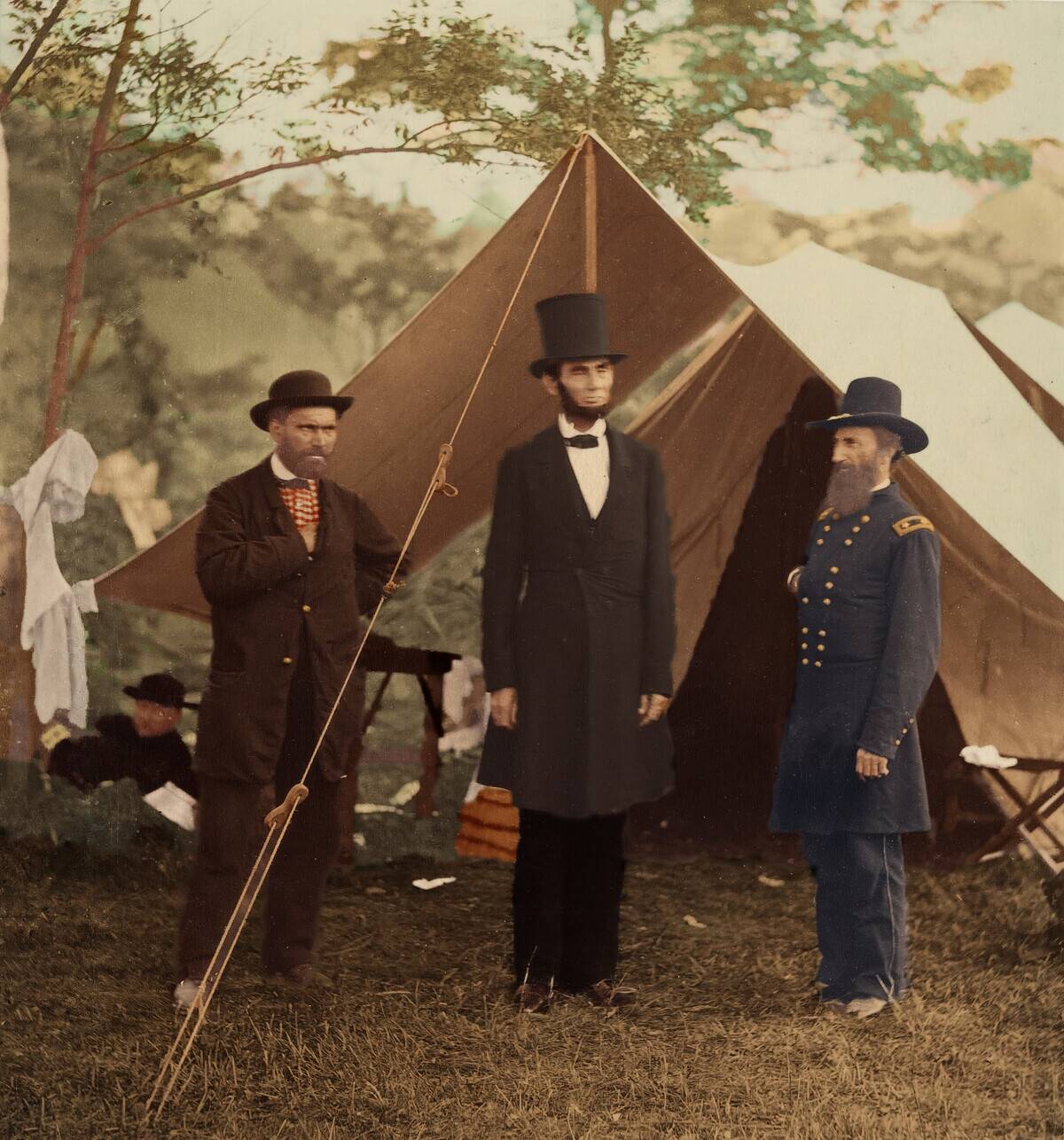
The Battle of Antietam, fought on September 17, 1862, was the bloodiest single-day battle in American history, with around 22,727 soldiers killed, wounded, or missing. This battle took place near Sharpsburg, Maryland, and was a strategic victory for the Union, as it halted General Robert E. Lee’s invasion of the North.
The Union’s ability to stop Lee’s advance provided President Lincoln with the confidence to issue the preliminary Emancipation Proclamation, adding a moral imperative to the Union’s war efforts.
The Emancipation Proclamation: A New War Aim
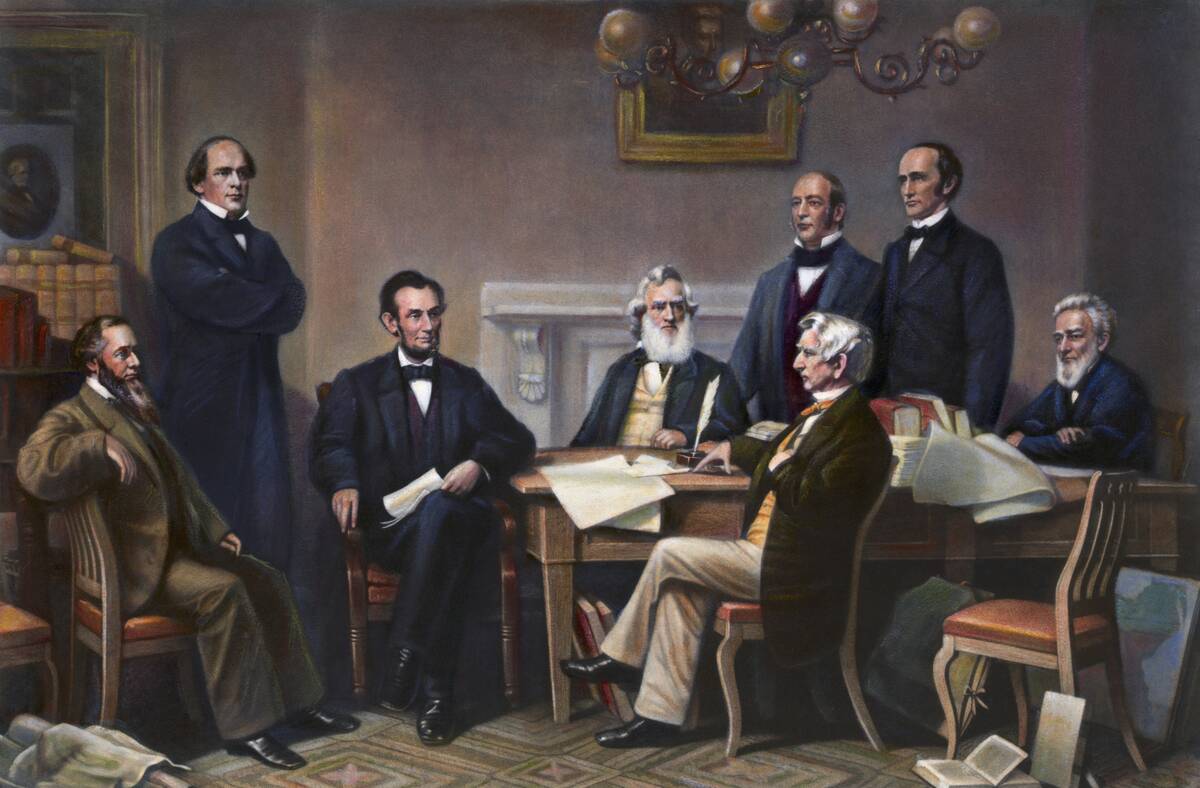
On January 1, 1863, President Lincoln issued the Emancipation Proclamation, which declared that all slaves in Confederate-held territory were to be set free. This transformed the Civil War from a fight to preserve the Union into a battle for human freedom.
Although the proclamation did not immediately free any slaves, it fundamentally changed the nature of the war and discouraged any potential support for the Confederacy from European nations. It also allowed for the enlistment of African American soldiers in the Union Army, bolstering its numbers.
The Battle of Gettysburg: The War’s Greatest Battle
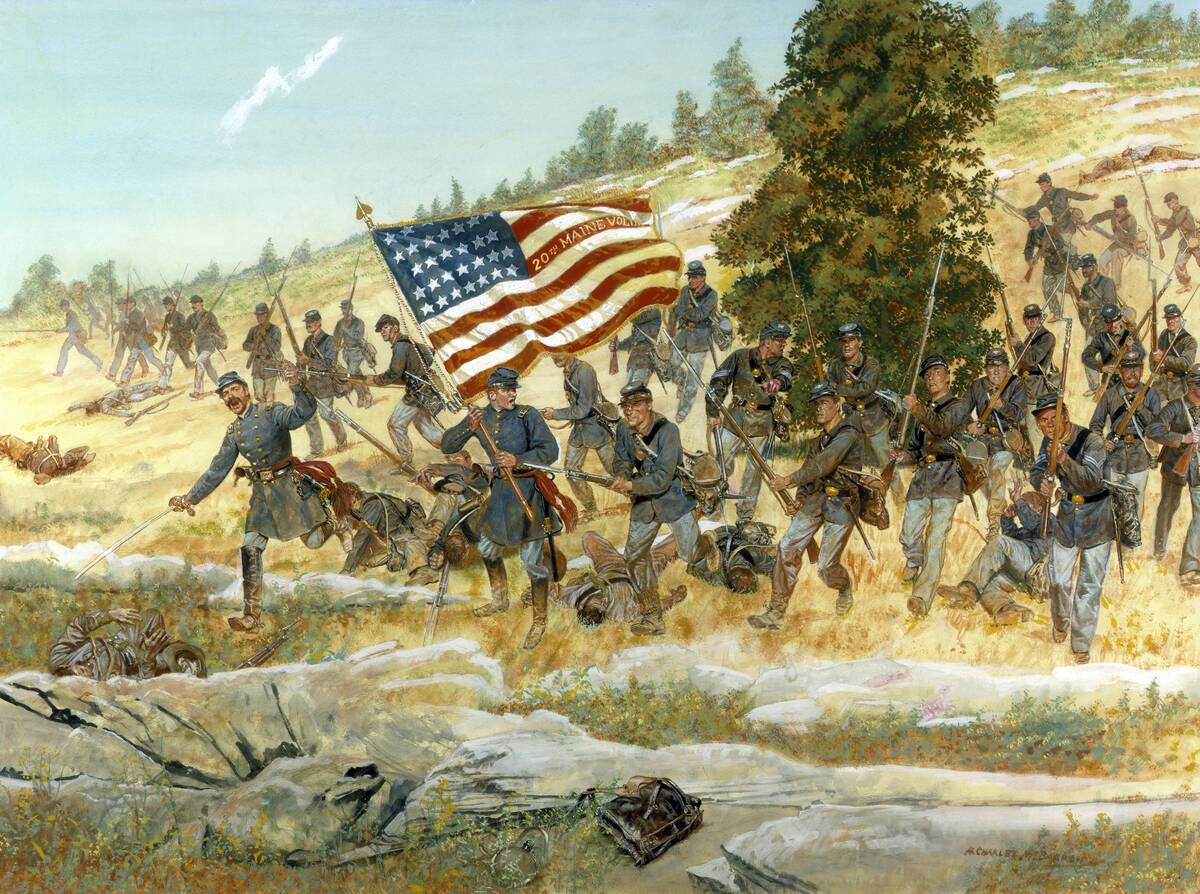
The Battle of Gettysburg, fought from July 1 to July 3, 1863, was a turning point in the Civil War. It was the largest battle ever fought on North American soil, with at least 165,000 soldiers engaged. Union forces, led by General George G. Meade, successfully repelled the Confederate Army, commanded by General Robert E. Lee.
The Union victory at Gettysburg ended Lee’s invasion of the North and marked the beginning of the Confederacy’s decline. It was a significant morale boost for the Union and is often regarded as the war’s most crucial battle.
The Siege of Vicksburg: Gaining Control of the Mississippi

The Siege of Vicksburg, which lasted from May 18 to July 4, 1863, was a significant Union victory that gave them control over the Mississippi River. Led by General Ulysses S. Grant, Union forces encircled the city of Vicksburg, Mississippi, effectively cutting off Confederate supplies and splitting the Confederacy in two.
The surrender of Vicksburg, along with the victory at Gettysburg, marked a turning point in the war, as it bolstered Northern morale and hindered Confederate logistics and communication.
The New York City Draft Riots: Unrest on the Home Front
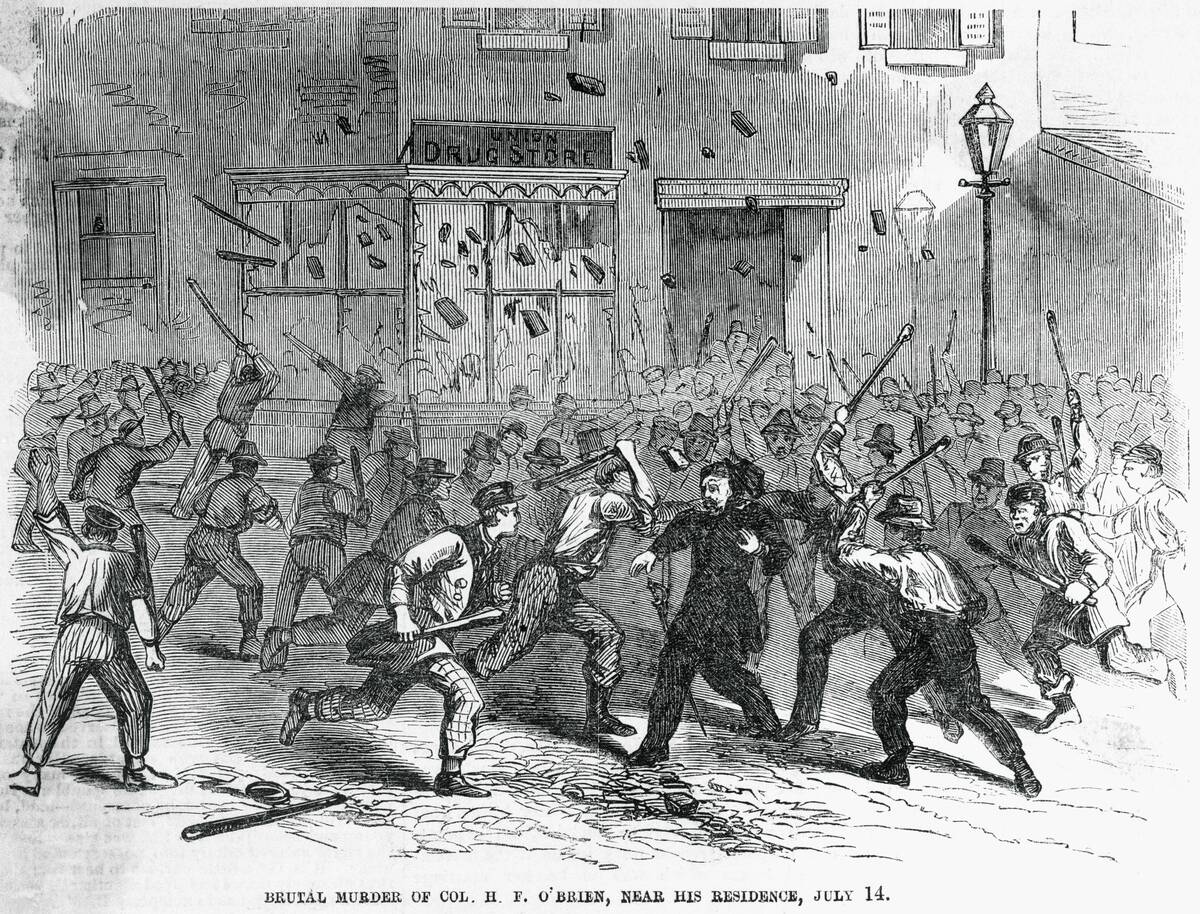
In July 1863, the New York City Draft Riots erupted in response to the Union’s conscription laws, which required men to fight in the Civil War or pay for a substitute. The riots lasted four days, resulting in at least 120 deaths (but possibly up to 1,200) and widespread property damage.
Many working-class citizens, especially Irish immigrants, felt that the draft unfairly targeted them while wealthier citizens could buy their way out. The riots highlighted the deep social tensions and divisions within the Union over the war effort and conscription policies. A significant number of casualties were Black citizens, who were explicitly targeted byrioters, especially at the city’s docks.
The Gettysburg Address: Lincoln’s Iconic Speech
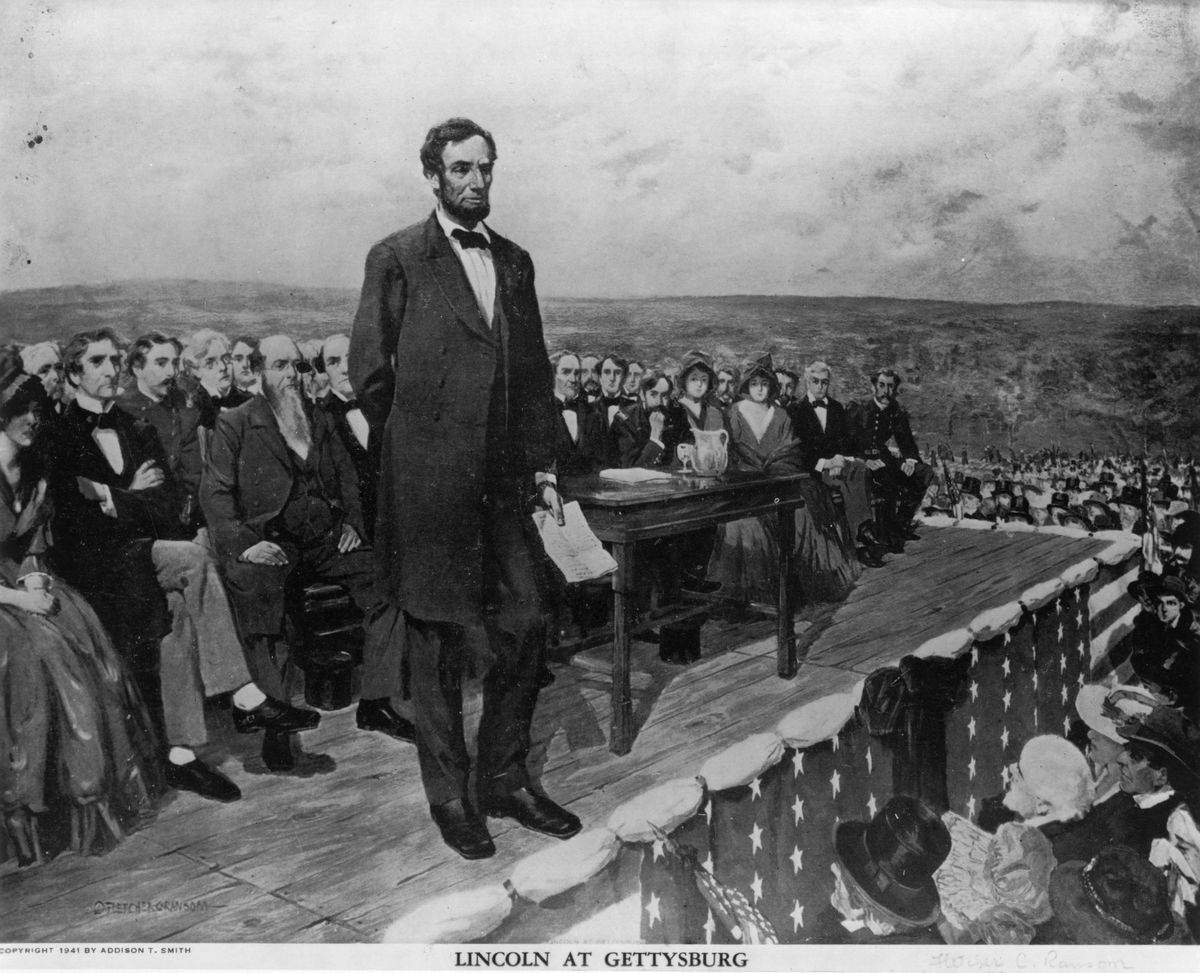
On November 19, 1863, President Lincoln delivered the Gettysburg Address at the dedication of the Soldiers’ National Cemetery. In just 271 words, Lincoln eloquently reaffirmed the principles of liberty and equality and the importance of preserving the Union.
The address redefined the Civil War as a struggle not just for the Union, but for a new birth of freedom that would bring true equality to all citizens. Lincoln’s words have since become one of the most famous speeches in American history, celebrated for their enduring power and clarity.
The Overland Campaign: Grant’s Push to Richmond

The Overland Campaign was a series of brutal battles fought in 1864 between Union forces led by General Ulysses S. Grant and Confederate troops commanded by General Robert E. Lee. This campaign aimed to capture the Confederate capital of Richmond, Virginia.
The relentless fighting, which included battles at the Wilderness, Spotsylvania, and Cold Harbor, showcased Grant’s strategy of persistent engagement, despite heavy casualties numbering in the tens of thousands. Grant’s tenacity eventually wore down Lee’s army, leading to the Union’s strategic advantage and setting the stage for the war’s conclusion.
Sherman’s March to the Sea: A Path of Destruction
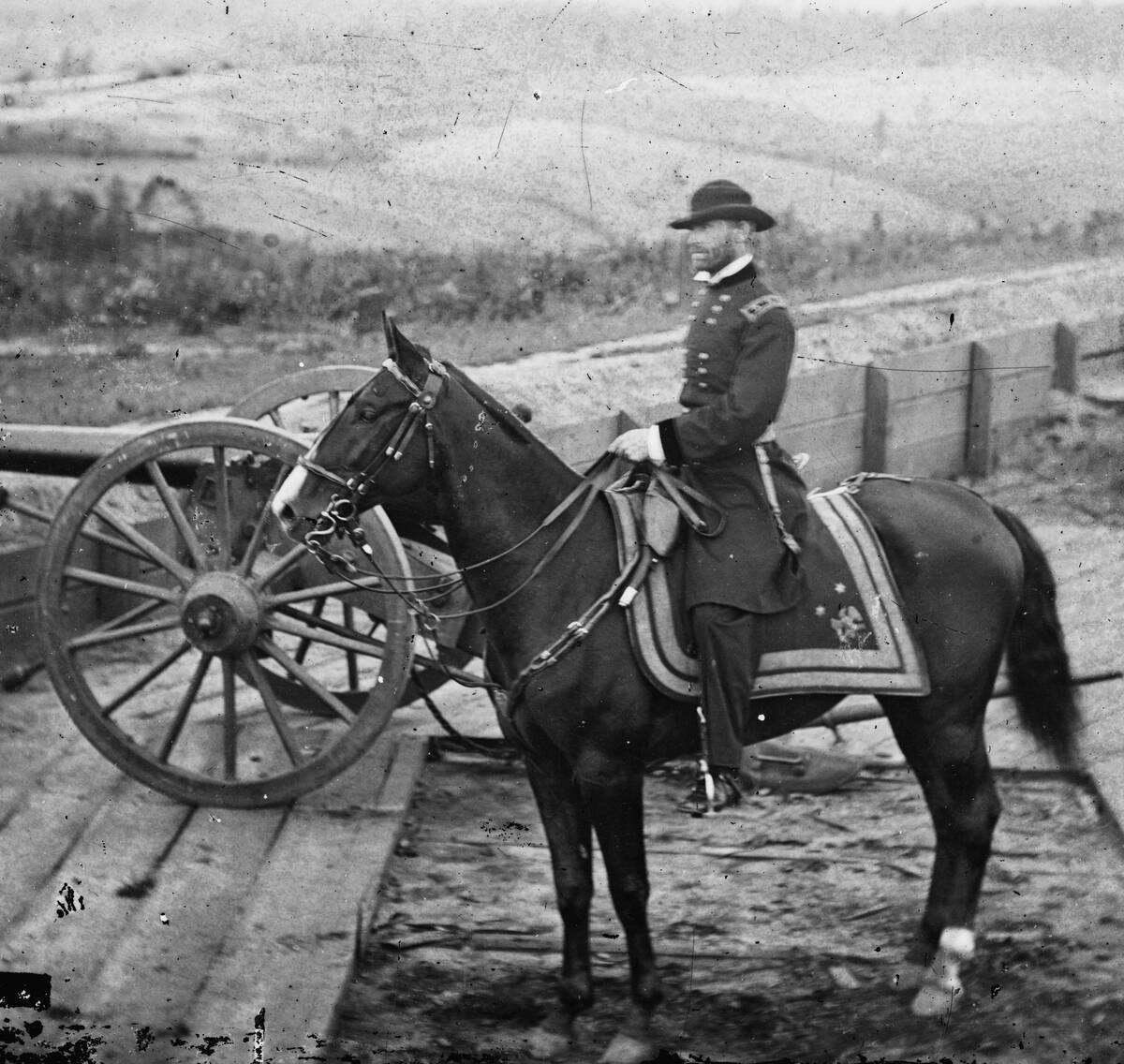
General William Tecumseh Sherman’s March to the Sea, from November to December 1864, was a devastating campaign that aimed to cripple the Confederate war effort. Sherman’s troops marched from Atlanta to Savannah, Georgia, employing a scorched earth policy that destroyed infrastructure, supplies, and morale.
This campaign not only disrupted the Confederate economy but also demonstrated the Union’s military dominance. Sherman’s success was instrumental in hastening the end of the war, as it weakened the South’s capacity to continue fighting.
The Fall of Atlanta: Securing a Union Victory
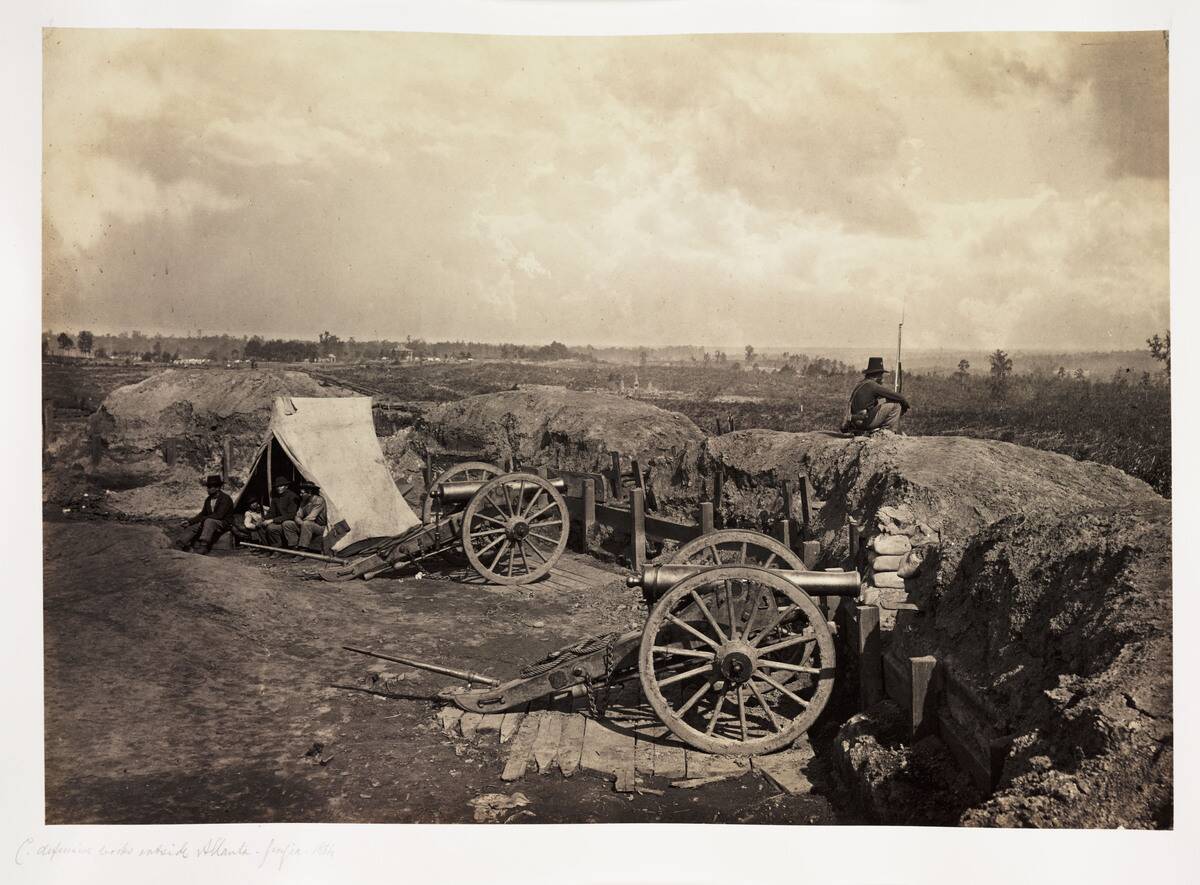
The capture of Atlanta on September 2, 1864, was a critical victory for the Union. General Sherman’s forces took control of this key southern city, dealing a significant blow to the Confederacy’s infrastructure and supply lines.
The fall of Atlanta bolstered Northern morale and played a crucial role in securing President Lincoln’s re-election. It also marked a turning point in the war, as it demonstrated the effectiveness of the Union’s military strategy and weakened the Confederacy’s ability to sustain the conflict.
The Election of 1864: Lincoln’s Path to Re-Election
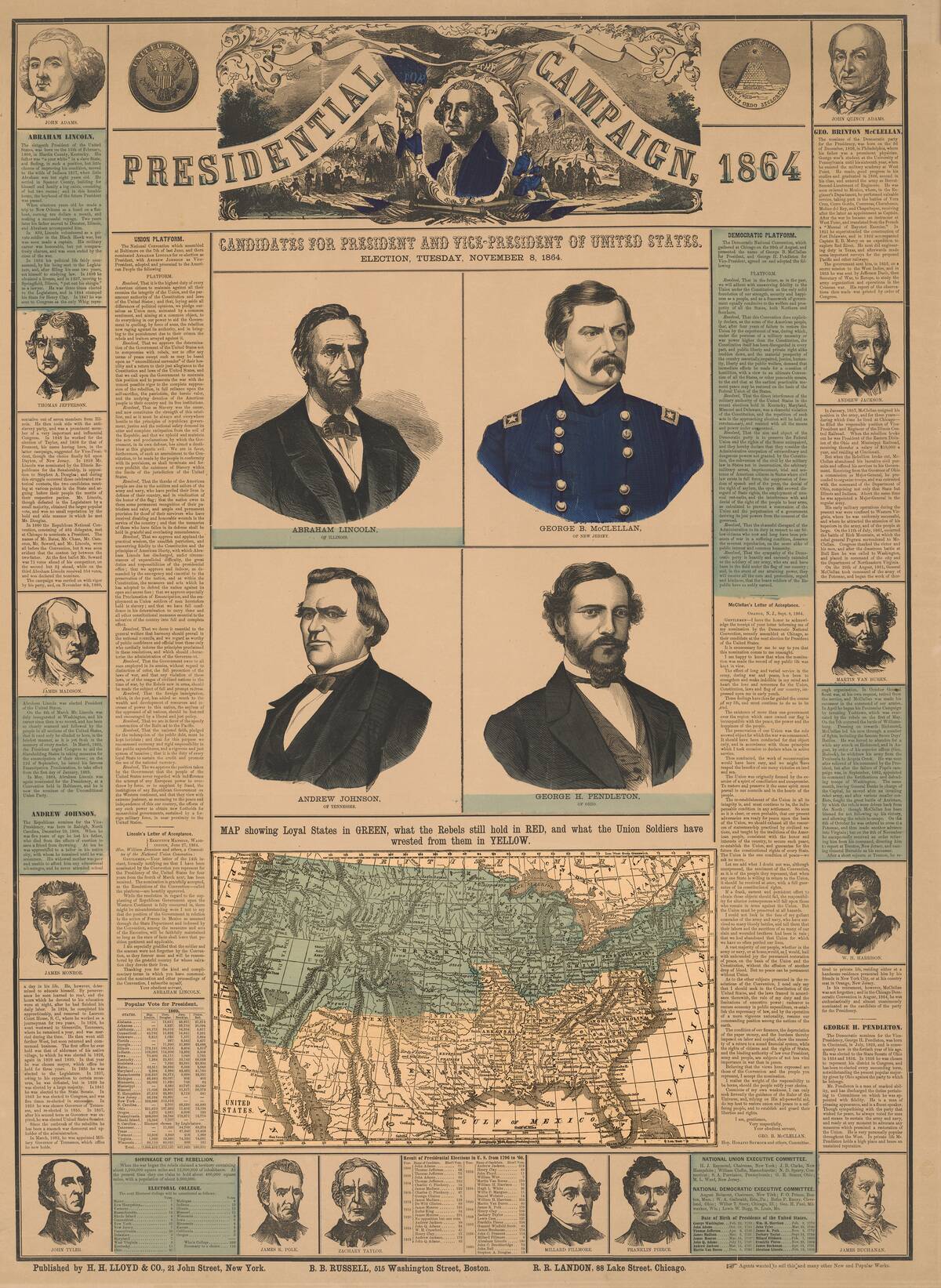
The 1864 presidential election was held against the backdrop of the ongoing Civil War. President Abraham Lincoln faced Democratic challenger George B. McClellan, a former Union general.
Despite the war’s unpopularity and significant opposition, Lincoln’s re-election was secured by Union military successes, such as the fall of Atlanta, and his commitment to ending slavery. Lincoln’s victory ensured the continuation of his policies and the eventual restoration of the Union, solidifying his legacy as a pivotal leader during one of the nation’s most challenging times.
The Thirteenth Amendment: Ending Slavery in America
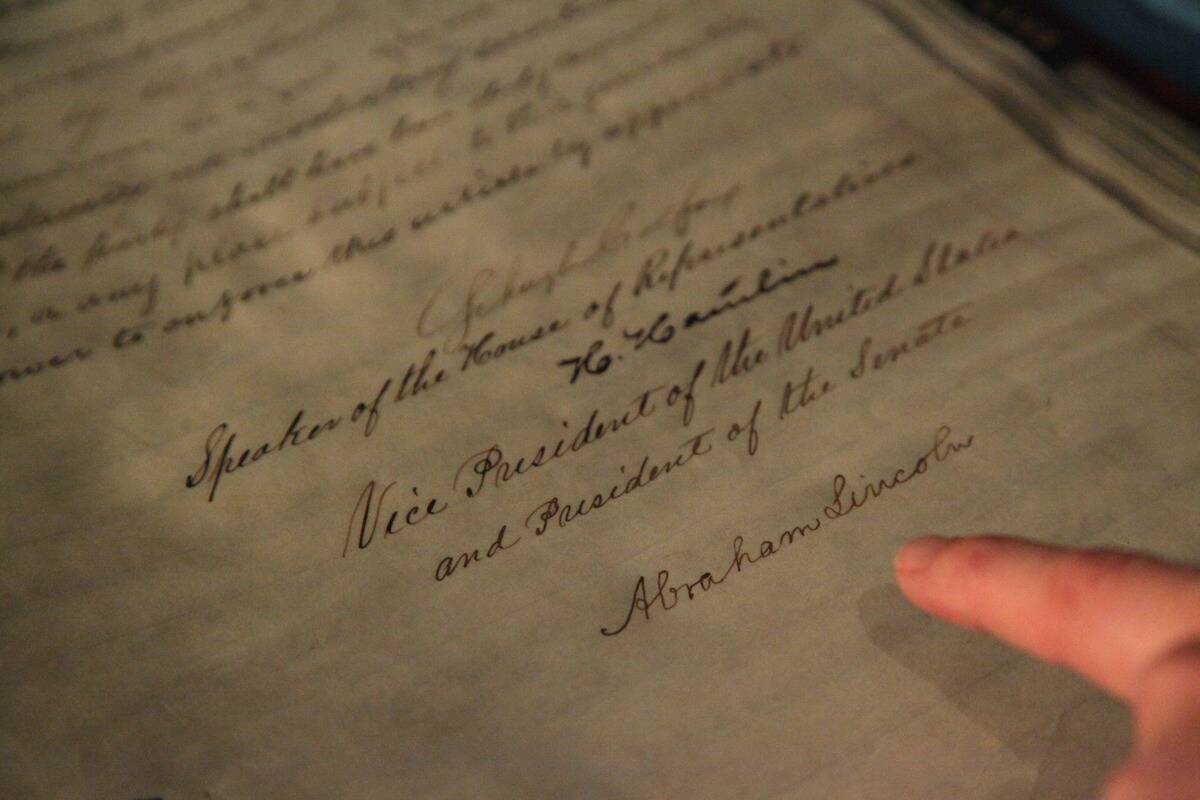
The Thirteenth Amendment, passed by Congress on January 31, 1865, and ratified on December 6, 1865, abolished slavery in the United States. This landmark legislation was a direct outcome of the Civil War and Lincoln’s leadership.
The amendment made it illegal to enslave anyone, except as punishment for a crime, effectively ending the institution of slavery. It was a monumental step forward in the fight for civil rights, laying the foundation for future amendments that sought to expand equality and justice for all Americans.
The Surrender at Appomattox Court House: Lee’s Capitulation
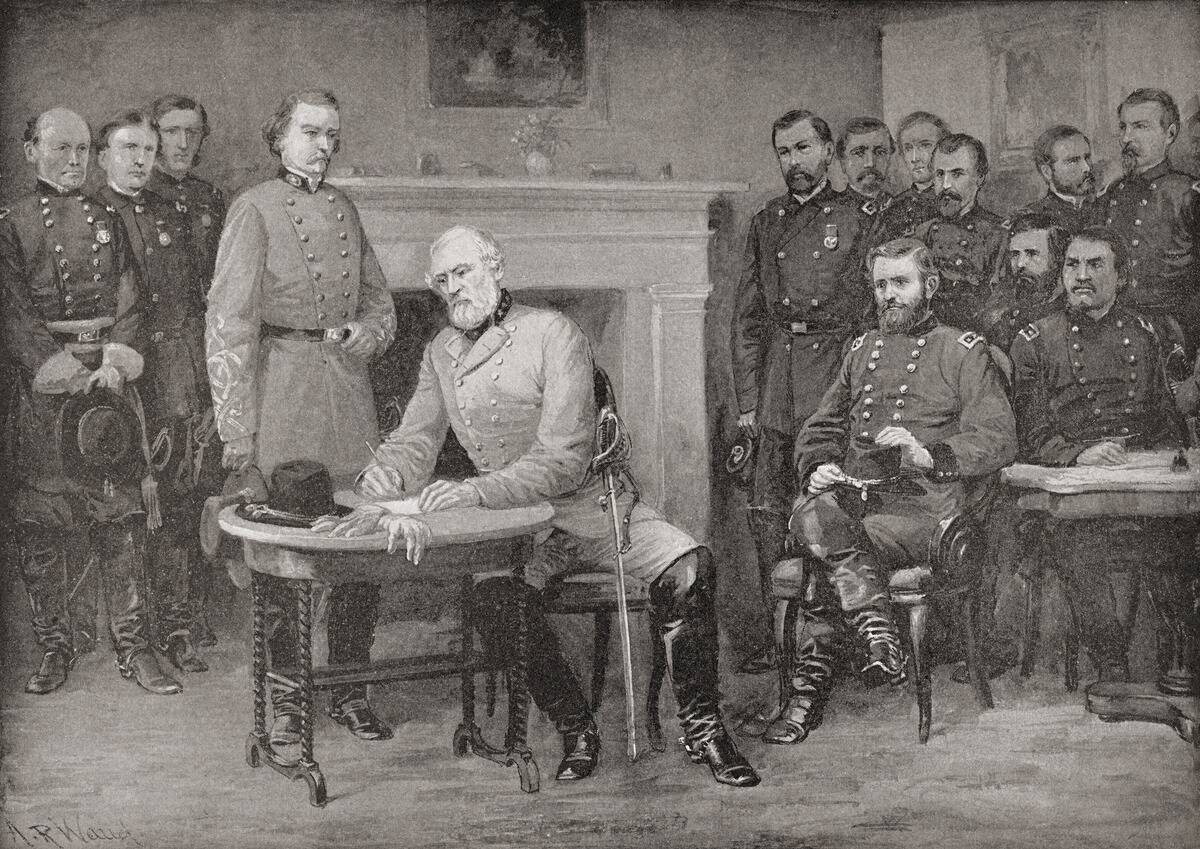
On April 9, 1865, General Robert E. Lee surrendered to General Ulysses S. Grant at Appomattox Court House, Virginia, effectively ending the Civil War.
The meeting took place in the parlor of Wilmer McLean’s home, where Grant offered generous terms to the Confederate soldiers, allowing them to return home with their personal possessions and horses. This surrender marked the beginning of the end for the Confederacy and symbolized the preservation of the United States as a unified nation.
The Assassination of Abraham Lincoln: A Nation in Mourning
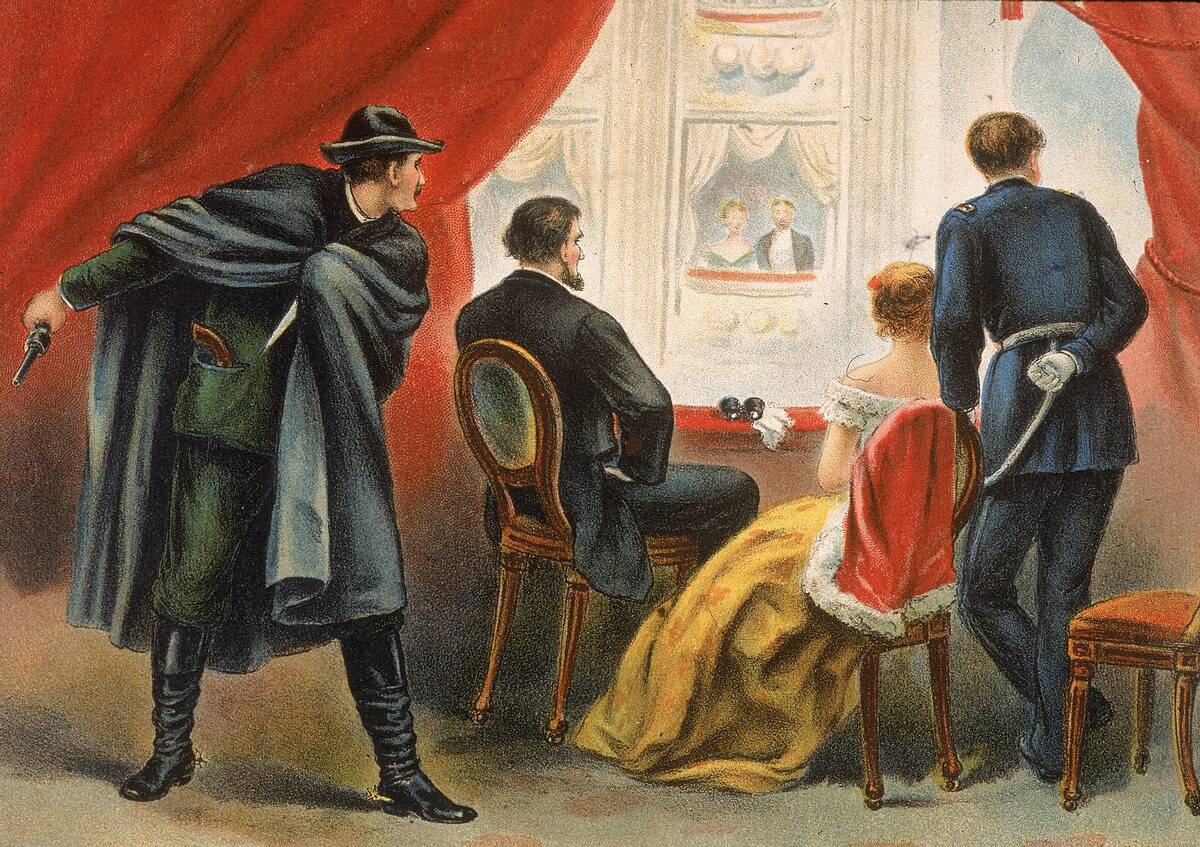
Just days after the surrender at Appomattox, President Abraham Lincoln was assassinated on April 14, 1865, by John Wilkes Booth at Ford’s Theatre in Washington, D.C. Lincoln’s death plunged the nation into mourning and marked a tragic end to the Civil War era.
His assassination was part of a larger plot to revive the Confederate cause, but instead, it further united the North in its resolve to rebuild the nation. Lincoln’s legacy as a leader committed to unity and equality remains a defining aspect of American history.



